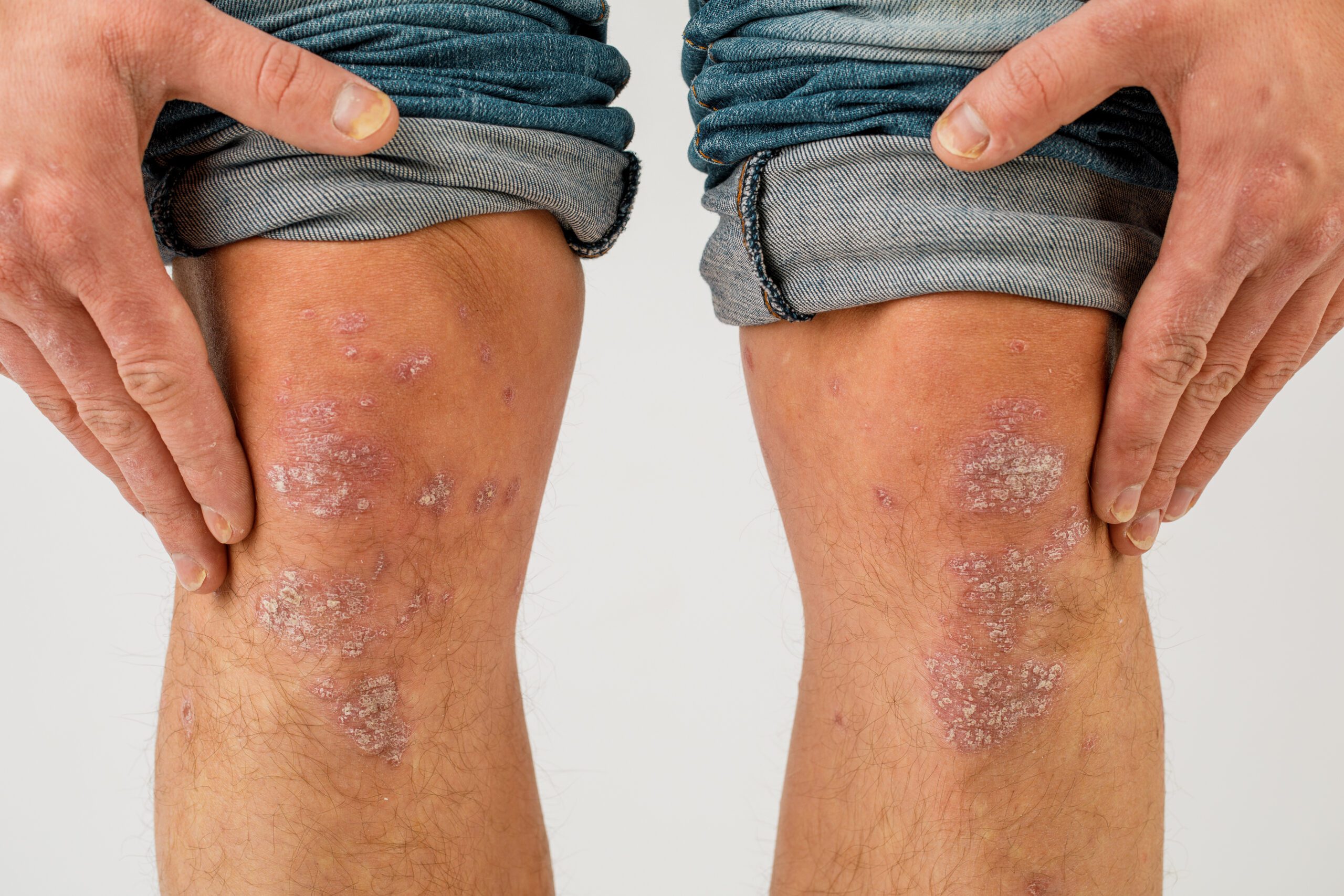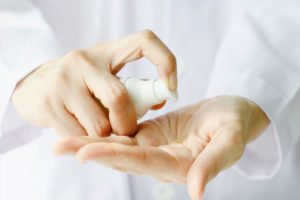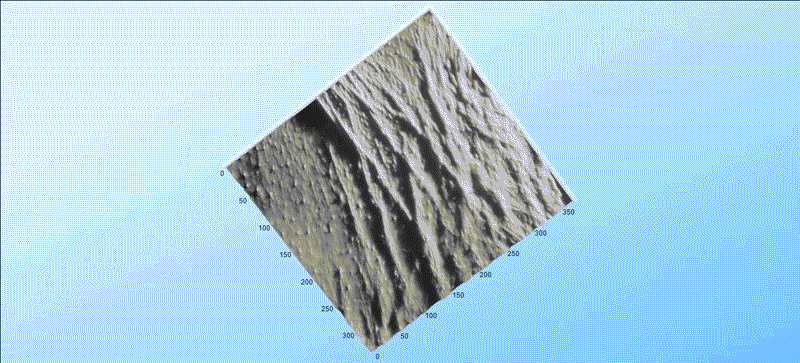It is well documented that over the last 50 years we have witnessed almost double the rate of global surface warming compared to the 100 years prior. Depending on the model of climate change and our response to it, temperatures are projected to rise several degrees on average over the next century.
The increase in atmospheric concentrations of carbon dioxide and other greenhouse gasses has been attributed to human activities such as burning fossil fuels and deforestation. These rising concentrations are thought to be the culprit behind the changes in global surface temperatures, as they trap infrared radiation (heat) from the sun as it is radiated from the surface of the earth. The effects of global warming are predicted to have a significant impact for all life on Earth, including new challenges for dermatology.
Some of the consequences of these global changes may include:
Increased exposure to ultraviolet radiation
Every 1°C rise corresponds to an estimated equivalent impact of +2% in effective UV dose. This means that rising temperatures may increase the carcinogenic effectiveness of UV radiation. Greater UV exposure combined with a rise of several degrees Celsius could potentially cause higher incidences of skin cancer and accelerated skin aging.
New patterns of disease vectors
It is thought that environmental changes and shifting biomes caused by global warming may expand the range of tropical diseases and alter the pattern of outbreaks. For example, as climates warm, diseases that affect the skin previously confined to lowlands and the tropics may move into higher elevations and more northern latitudes. However, the existing literature may not be sufficient to support a causal relationship between global warming and increased incidence for all vector-borne diseases. As is often the case, more research is necessary.
Greater severity of extreme weather events
In recent years we have witnessed many natural disasters and record-setting weather. While on average, temperatures are predicted to increase by several degrees Celsius, the variability of such weather also expands, meaning more extreme highs and lows in temperature, rainfall, winds, and so on. While individually, their links to climate change are difficult to explain, collectively they are indicative of the upcoming challenges society and health professionals face from changing weather patterns. For example, the higher frequency and severity of tropical storms and recurrent flooding have been associated with more cases of skin infection.
El Niño and La Niña are large scale weather events that have the strongest influence on year-to-year climate variability for most of Australia. In our country we have seen many floods in the last few years that have been caused by the now well-known La Niña.
Typically, La Niña is associated with:
- Increased rainfall across much of Australia
- Cooler daytime temperatures (south of the tropics)
- Warmer overnight temperatures (in the north)
- Shift in temperature extremes
- Decreased frost risk
- Greater tropical cyclone numbers
- Earlier monsoon onset
This is the third year in a row that Australia will have experienced La Niña, which is quite rare. The last multi-year La Niña event that lasted for three years occurred from 1998-2001. Research points to extreme La Niña and El Niño events becoming twice as frequent — to about once every decade — by the end of the century as global temperatures rise.
Link between LaLa Niña and skin flare-ups
La Niña has been associated with increases in the occurrence of varicella, hand, foot, and mouth disease, and Ross River virus (in certain areas). It has also been associated with decreases in viral warts and leishmaniasis. Furthermore, as La Niña wet weather affects most of the nation, it has been reported that high humidity on the east coast is to blame for a spike in skin problems, skin experts say. The weather can impact our skin in a myriad of ways, but for people with sensitive skin or some skin conditions such as eczema or psoriasis, relentless rainfall and high humidity especially can cause painful flare-ups.
Specifically, eczema is a health condition that makes your skin chronically red and itchy and can occur at any age. Hot and humid conditions are well-known irritants of the condition. The reason humidity can exacerbate some skin conditions is because it causes the body to sweat and lose moisture, thereby drying the skin out further and causing itchiness and irritation. Of course, these effects can vary among individuals).
Recommendations
Most dermatologists say between 30 and 50 percent humidity is ideal for those who are prone to eczema, but humidity levels in places like Sydney have hit 80 and 90 percent during La Niña events. It is important, therefore, to moisturise the skin regularly and increase water intake to compensate for moisture loss. Experts recommend choosing topical products that contain humectants to hydrate, emollients to support the skin barrier and occlusives to lock in the moisture. People with sensitive skin should also look for moisturisers that contain low level fragrance and essential oils which may be irritating.
It is apparent that with the changing climate, it becomes more important to keep up to date with the latest knowledge and research. In addition to finding ways to minimise their own impact on the climate and supporting businesses that do the same, individuals can also adapt their care routines to ensure their skin remains as healthy as possible, no matter the season, climate, or weather.
- Emily Cosenza, Hidden effect of La Niña: Skin flare ups on the rise with more people reacting to humid weather, December 8, 2021
- Sophie Hanson, The surprising side-effects of La Niña for people with sensitive skin, December 8, 2021
- Justine Calma, Get ready for a rare ‘triple-dip’ La Niña, September 1, 2022
- Crystal Wu: La Niña’s strong winds, widespread rain and extreme humidity triggers skin flare-ups, December 8, 2021
- Andersen, L.K. and Davis, M.D.P. (2015), The effects of the El Niño Southern Oscillation on skin and skin-related diseases: a message from the International Society of Dermatology Climate Change Task Force. Int J Dermatol, 54: 1343-1351.
- Cancer Institute NSW, Why La Nina could increase cancer risk this summer, 10 December 2021
- Ashlea Knickel, Nasty side effect of Australia’s La Niña nightmare: Eczema on the rise as humid weather causes skin to flare up, December 8, 2021
- Australian Government Bureau of Meteorology, What is La Niña and how does it impact Australia? Issued August 2016
- Lucy Cocoran, La Niña Is Coming, But What Does It Actually Mean For Our AustralianSummer? 24 November 2021
- Young Hui, Haw-Yueh Thong & Howard I Maibach (2011) Global warming and its dermatologic impact, Expert Review of Dermatology, 6:5, 521-523




